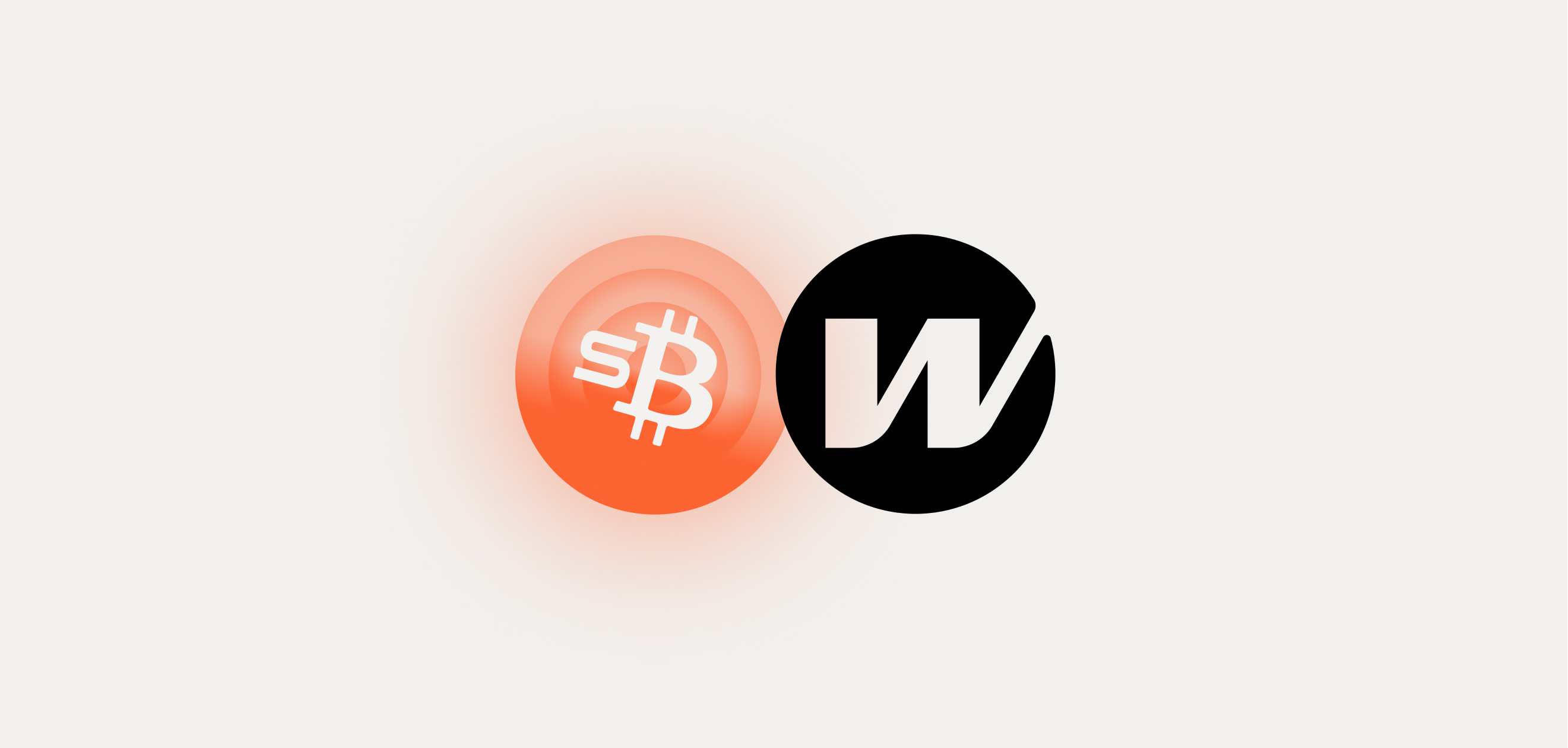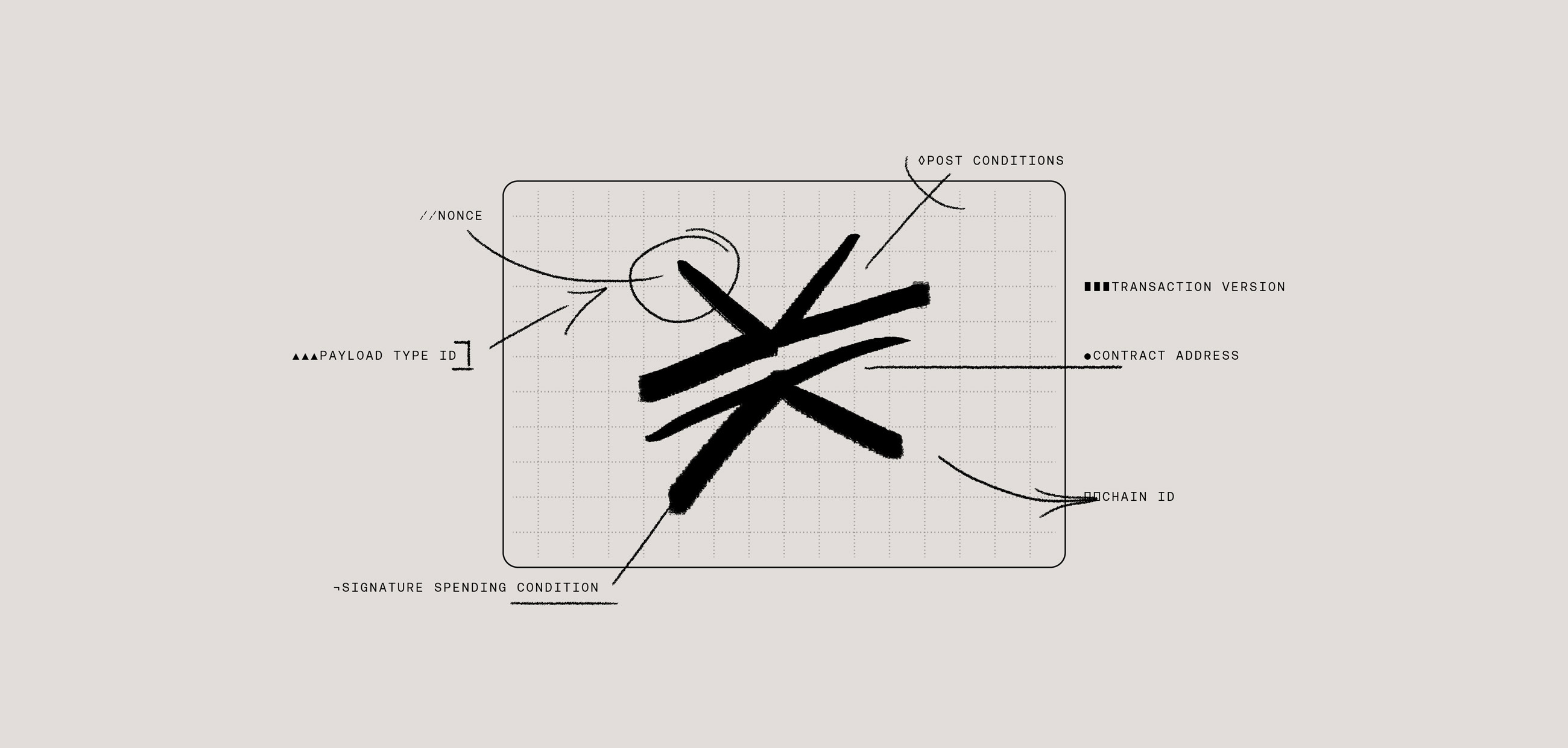The Stacks 2.1 upgrade is almost here, bringing numerous quality of life improvements for developers and users in the Stacks ecosystem. The work to reach this milestone was a massive undertaking across many different ecosystem groups to reach code completion and ship this new release. Thank you to everyone who worked on 2.1 and to everyone in the ecosystem who voted to help bring this release to life!
What’s in 2.1?
This upgrade comes with a number of changes and improvements to Stacks that enable developers to build new applications. Those changes include but are not limited to:
- New Clarity functions: the new upgrade adds several new keywords that make certain things much easier, such as writing contracts that react to Bitcoin transactions or that process off-chain data.
- Decentralized mining pools: 2.1 lowers the barrier to entry for miners by providing the building blocks for decentralized mining pools.
- Better bridges: new Clarity keywords make implementing bridges to other ecosystems much easier.
- Stacking improvements: 2.1 brings a number of changes to stacking, including the ability for stackers to continuously stack their STX, whereas previously they had to select a specific lockup period.
- Bitcoin-native assets: 2.1 creates the ability to send Stacks assets directly to Bitcoin addresses.
Discover the changes that come with Stacks 2.1 in full here.
These changes bring many updates to Hiro products, some of which we have talked about previously here, but all you need to know is Hiro developer tooling is ready for all of the 2.1 changes, and you can start writing new applications with 2.1 functionality today.
Importantly, not every change described above goes live today. With the close of voting later today, there will be a testing period where integration partners can work on the changes that come to 2.1, including the changes to stacking and new functions for the programming language Clarity (called Clarity 2 functions). This integration period is about a month long, and sometime around January 17th, these changes will go live.
Learn more about how the transition period impacts stacking.
What Comes After 2.1?
While we celebrate the release of 2.1, the innovation of the Stacks community doesn’t stop there. We are already looking towards the next big release for the ecosystem, tentatively called the Nakamoto Release. Alongside this week’s announcement of sBTC, which solves the problem of trustlessly writing to Bitcoin, another public Stacks working group also published a new white paper detailing the next proposed network upgrade for Stacks.
The paper outlines a number of impactful changes for developers, such as:
- Enabling sBTC: The release details changes to network consensus to enable the first trustless Bitcoin peg, unlocking hundreds of billions of dollars of latent Bitcoin capital for Web3 apps. Learn more about sBTC here.
- Bitcoin finality: Today, the Stacks network has a separate security budget from that of Bitcoin. The Nakamoto Release will enable Stacks to be secured by 100% of Bitcoin mining power after 150 blocks (~24 hours) by changing the forking rules of Stacks.
- Faster blocks: Currently, Stacks produces new blocks alongside new Bitcoin blocks, once every ~10 minutes. This new release would enable Stacks to produce blocks every 5 seconds, drastically improving the scalability of the network and putting Stacks on par with other high performance Web3 ecosystems. Users expect their transactions to be confirmed within seconds. With the Nakamoto Release, they will be.
If approved by the Stacks community, this release would give Stacks a tighter integration with Bitcoin and bring Stacks closer to an ideal Bitcoin layer with the following properties:
- Bitcoin can move trustlessly in and out of the Stacks layer.
- Stacks offers 100% Bitcoin finality.
- Stacks offers faster confirmations to users with new blocks produced every few seconds.
In short, the Nakamoto Release brings more Bitcoin capital, greater security, and a better user experience to Stacks. This is great news for developers looking to build Web3 apps on Bitcoin.
As we celebrate Stacks 2.1 and all of the possibilities it unlocks for developers, we are equally excited by the future and all of the innovation planned by the Stacks community to unlock Bitcoin’s full potential. We’re just getting started.







